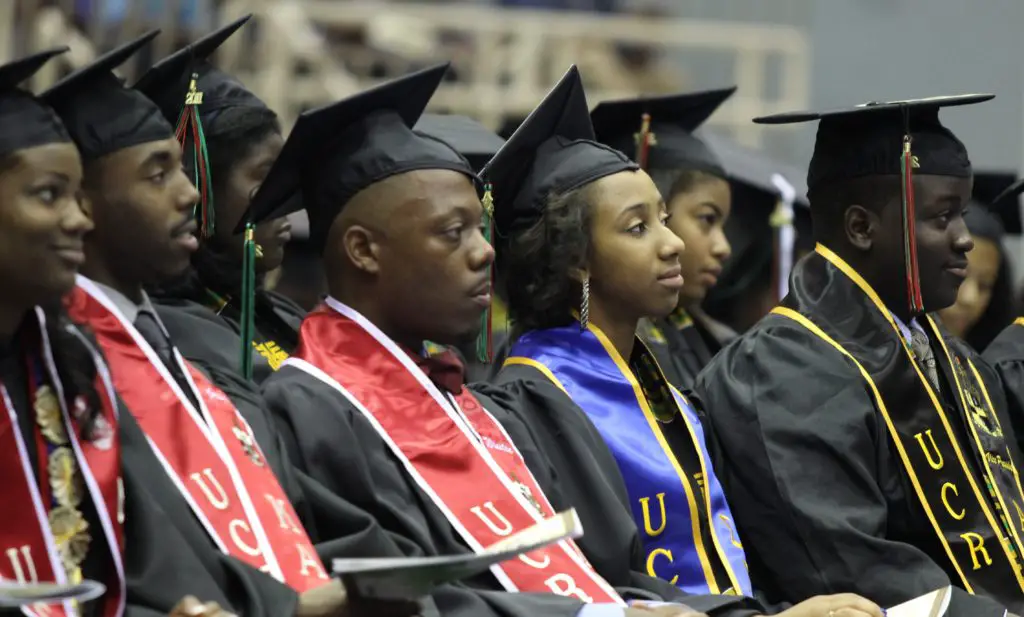A new report by the National Student Clearinghouse Research Center has found a rising trend in the national completion rates.
Titled “Completing College,” the report looked at six-year completion outcomes for 2013 entering student cohort and the national eight-year results for 2011 entering student cohort.
In the fall of 2013, nearly 2.3 million people enrolled in various higher education institutes across the nation, and six years later, about 1.4 million of them have completed anywhere in the U.S, which is 1.4 percent higher than the previous cohort.
The completion rates have increased for all types of institutions. Public four-year and public two-year starters reached their highest levels in eight years while private for-profit four-year schools showed the largest gain of all groups with 5.1 percent jump.
Even though African American and Hispanic students made some gains compared to the prior year cohort, but the overall racial and ethnic completion disparities remained substantial.
“Although continuous gains made by racial/ethnic minorities are promising, the existing completion gaps remain substantial and show little sign of significant shrinkage. In addition, there are large gender divides in major choice at completion at both two-year and four-year institutions,” the report said.
Researchers found that first-time entering college students are becoming increasingly traditional in demographics. Nearly 78 percent of entering cohort in 2013 was 21 years, which is a traditional age to enter a college.
Higher Ed. Institutions Work on Strategies to Improve Degree Completion

